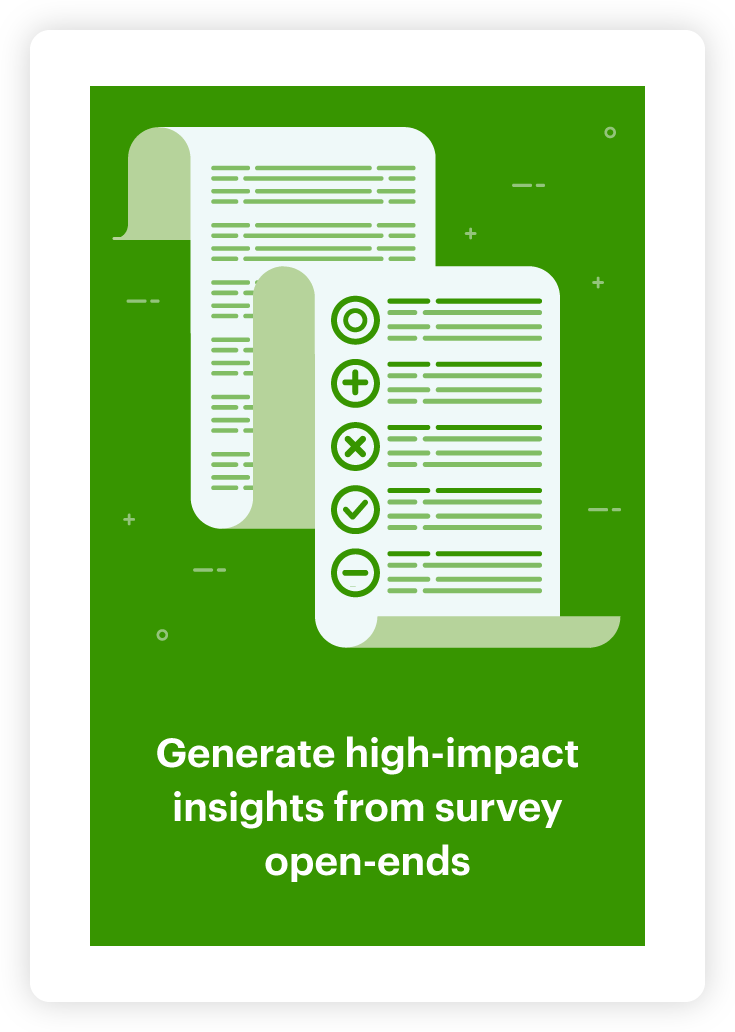What is metadata and why is it useful?

Metadata – for many of us, it is one of those words that we’ve heard, but never paid much attention to. However, when it comes to text analysis, it turns out metadata can be pretty useful. To help unearth the mystery around metadata this post will break down what metadata is, why it is useful, and how it can help you get the most out of the Relative Insight text analysis platform.
What is metadata?
Metadata is “data that provides information about other data”. In the context of Relative Insight, these are additional data points associated with the pieces of text that make up your data set. Surveys and social listening data are two data sources where you can almost always expect to have some associated metadata. Some common examples of metadata points include details such as age, location, timestamp, satisfaction ratings and other demographic details.
Why is metadata useful?
It will (hopefully) come as no surprise to say that customers are not all the same. Metadata can help you identify the nuances that distinguish customer segments. Doing so can support a deeper understanding of your audiences and enable targeted, high impact marketing, sales, customer success and employee engagement strategies.
Metadata can help you break down a single set of text data into multiple subsets that can be compared to determine the unique nuances and similarities.
Segmenting language sets using metadata: in practice
No manual manipulation of spreadsheet files is required – Relative Insight can do it for you! For data sets that have been uploaded with metadata points, you can use the split functionality within the Data Library to break it down in seconds.
Example 1: Demographics
One of the most common uses of metadata is splitting responses based on demographic details such as age or location.
From a single survey, you can then generate insights about how people in different age groups and geographic markets discuss your brand.
Example 2: Other survey questions
Most surveys have more than one question and surveys commonly cover several topics such as demographics, product ratings and more. You can then use the rating provided to segment out your dataset and compare the open-ended comments to try and identify the factors that contribute to positive and negative experiences with your brand.
Example 3: Time series analysis
When a timestamp is associated with responses, you can split your data to understand how things have changed over time. For example, comparing customer survey responses or social listening data year-over-year to try and understand if you are making progress in a particular area of focus.
Layering metadata points
You can make your text data go even further by segmenting based on multiple metadata points. Combining age and time series analysis, for example, you can understand how certain age cohorts have evolved in their opinion over time. This opens up a tremendous number of comparisons that can deliver specific, relevant and actionable insights.
High-level insights can often fall into the trap of being interesting, but not actionable. Using metadata, you can narrow in on specific audience segments to uncover insights that can inform your strategy and boost performance.
